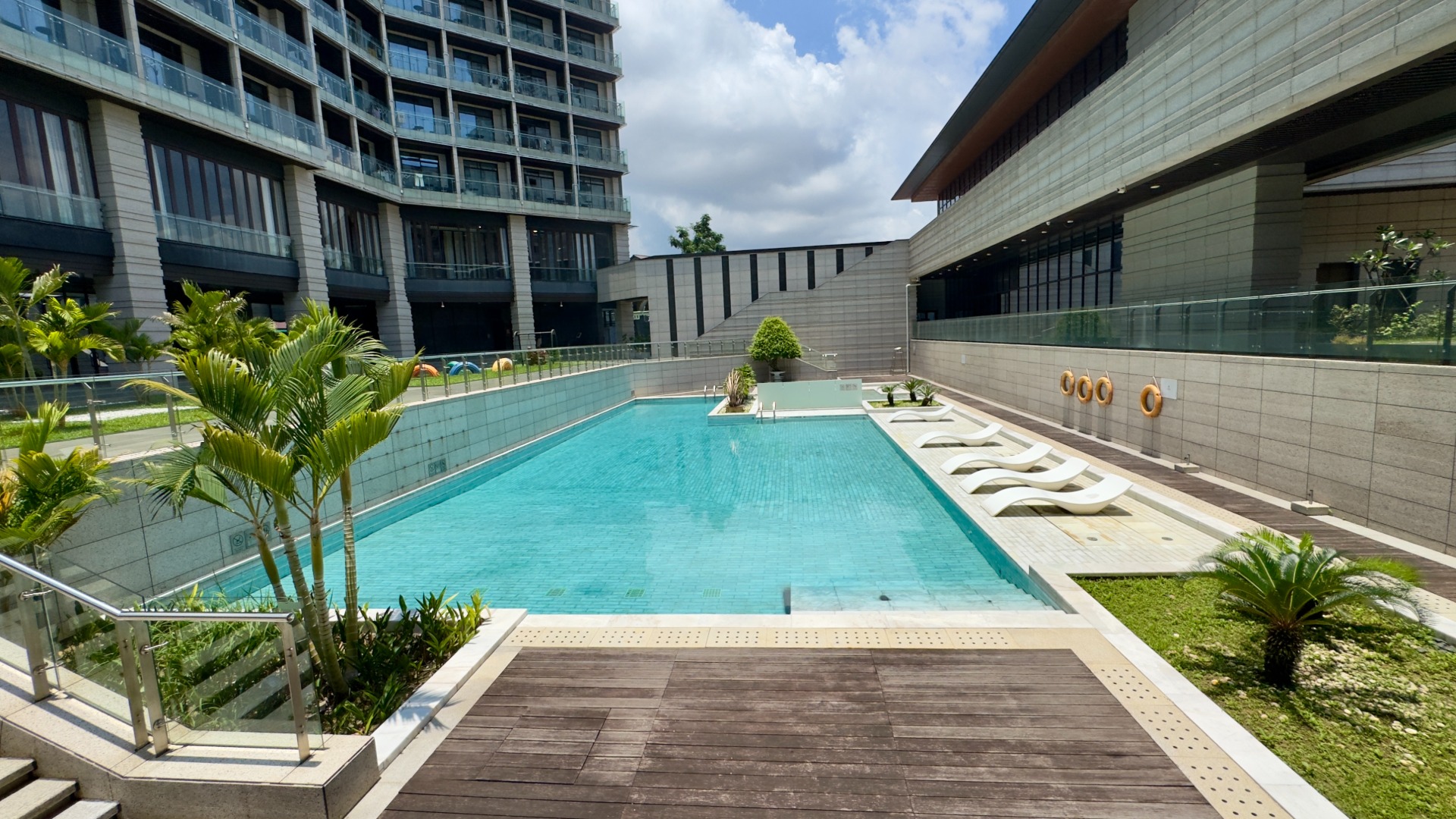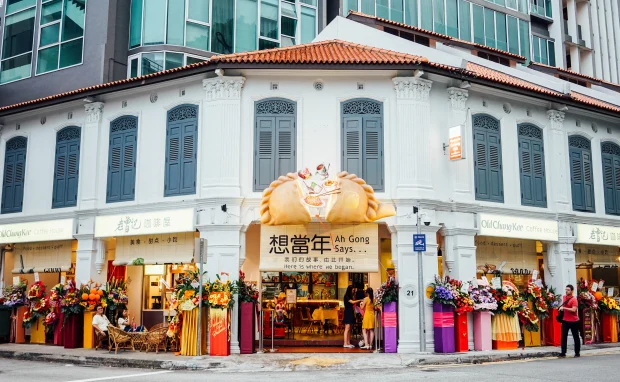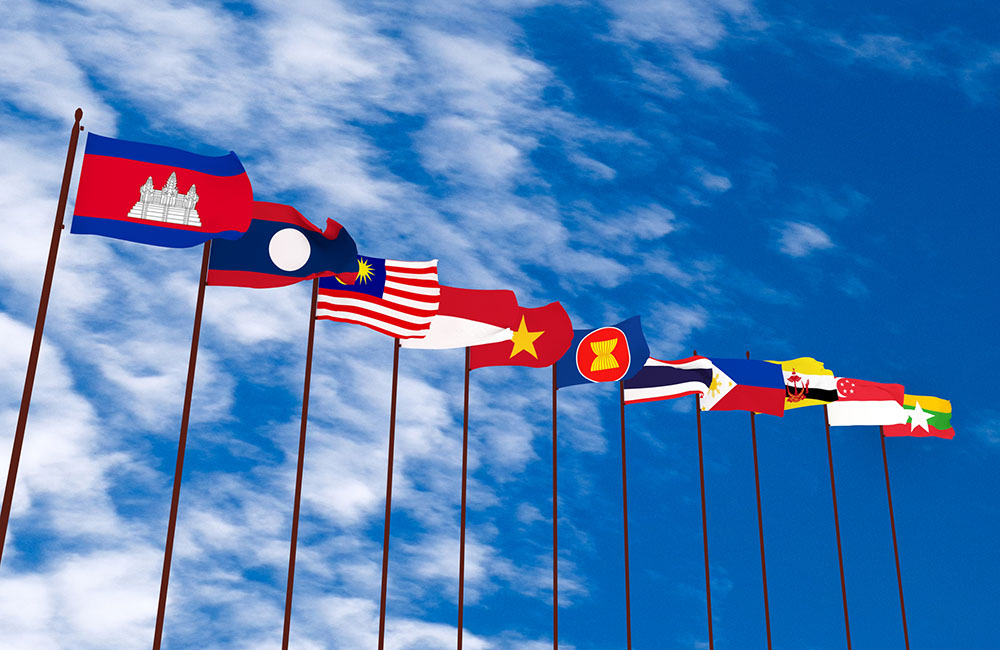Reinventing a heritage snack for modern markets
Mention “curry puff” in Singapore, and one brand inevitably comes to mind — Old Chang Kee. What started as a small roadside stall near Rex Cinema in the 1950s has today grown into one of the most iconic Singapore F&B brands, with a presence in over five countries and more than 100 outlets worldwide.
But Old Chang Kee’s story is more than just deep-fried nostalgia. It’s a case study in how a heritage brand can stay relevant in modern markets, balancing tradition with innovation, and evolving its business model without losing its soul.
From humble beginnings to IPO listing
Old Chang Kee was officially incorporated in 1986, but the business traces its roots back three decades earlier. In 2004, leadership passed to Han Keen Juan, who shifted the company’s trajectory by streamlining operations, updating the brand image, and expanding product lines beyond the traditional curry puff.
Under Han’s guidance, the company implemented central kitchen production, introduced Halal certification, and modernized storefront designs — all while retaining the brand’s signature snack, affectionately known as the “Curry’O.”
By 2008, Old Chang Kee was listed on the Catalist board of the Singapore Exchange (SGX) — a move that signaled serious ambition and long-term scalability.
Building a regional brand rooted in Singapore flavours
In the last decade, Old Chang Kee has expanded to Malaysia, Indonesia, Australia, and the UK, adapting its menu to local preferences while keeping Singaporean signatures front and center. New product lines like baked puffs, nasi lemak sets, and plant-based alternatives have attracted younger, more health-conscious consumers.
In 2025, the brand continues to demonstrate strong performance. In the first half of FY2025, Old Chang Kee reported a 42% year-on-year surge in net profit, reaching S$6.2 million, with revenue rising to S$52 million — a testament to the brand’s enduring relevance and operational discipline in a competitive F&B landscape.
The company has also expanded its local presence with newly opened and renovated outlets across Singapore. Seasonal campaigns like its Chinese New Year Bazaar earlier this year brought in festive crowds and reinforced its cultural ties with local consumers.
Lessons from a Singapore F&B brand that scaled with soul
Old Chang Kee’s rise isn’t just about curry puffs — it’s about cultural storytelling, operational discipline, and long-term thinking. While many legacy F&B brands have struggled to keep pace with changing consumer trends, Old Chang Kee managed to modernize its offerings, strengthen its supply chain, and maintain product integrity across markets.
Its story highlights the power of focusing on core identity while selectively innovating — whether that’s launching vegetarian options or experimenting with creative new puff fillings like chilli crab and rendang chicken.
In 2025, the brand remains active on platforms like Instagram, where it shares regular updates on product launches, seasonal menus, and promotional campaigns that continue to engage both long-time fans and new audiences.
Keeping Singapore flavours global: What F&B founders can learn
Old Chang Kee’s journey offers a blueprint for Singapore entrepreneurs aiming to take local brands global. It shows that success can come from doing a few things well — and doing them consistently, at scale, and with a deep understanding of your customer base.
By protecting product quality, investing in efficient production, and staying rooted in cultural heritage, Old Chang Kee turned a humble street snack into a regional mainstay.
For a generation of Singapore founders seeking to make their mark in F&B, the company’s model remains relevant, resilient, and uniquely inspiring.
Read more on travel, entertainment and sports features on Feature.Asia.















